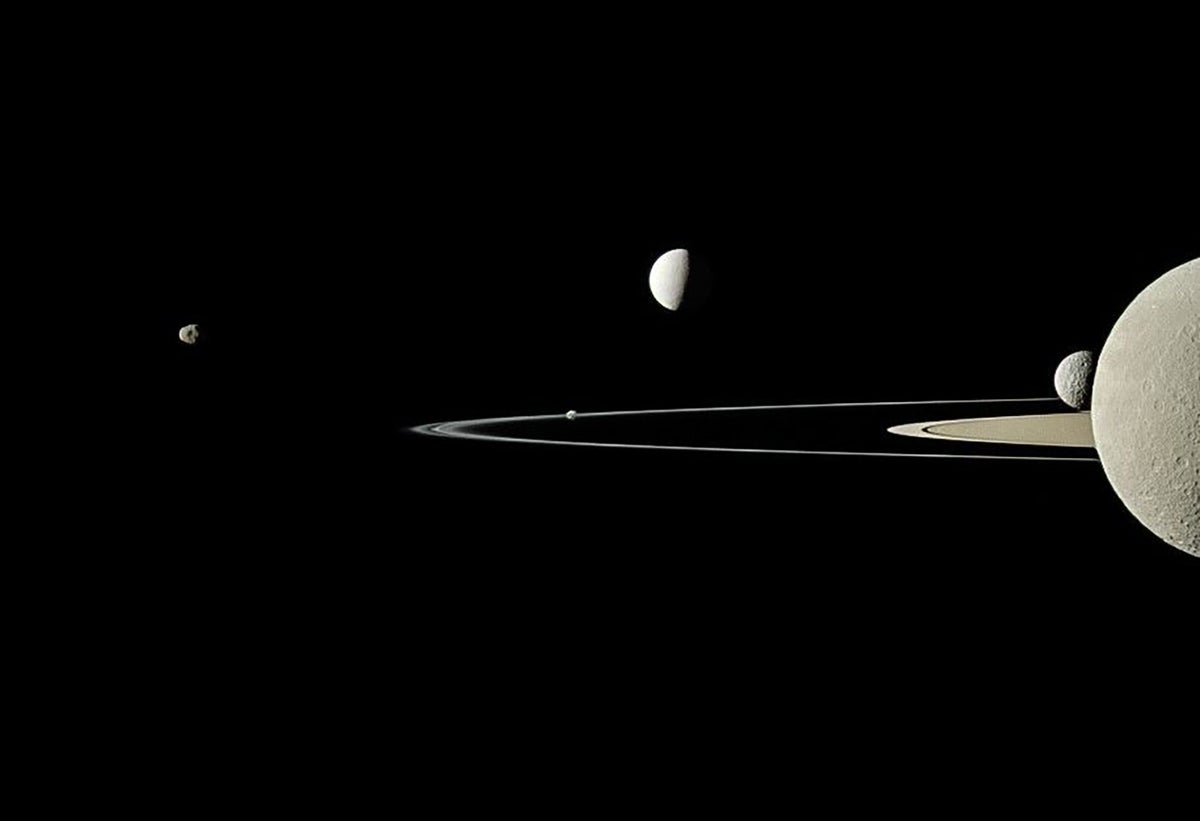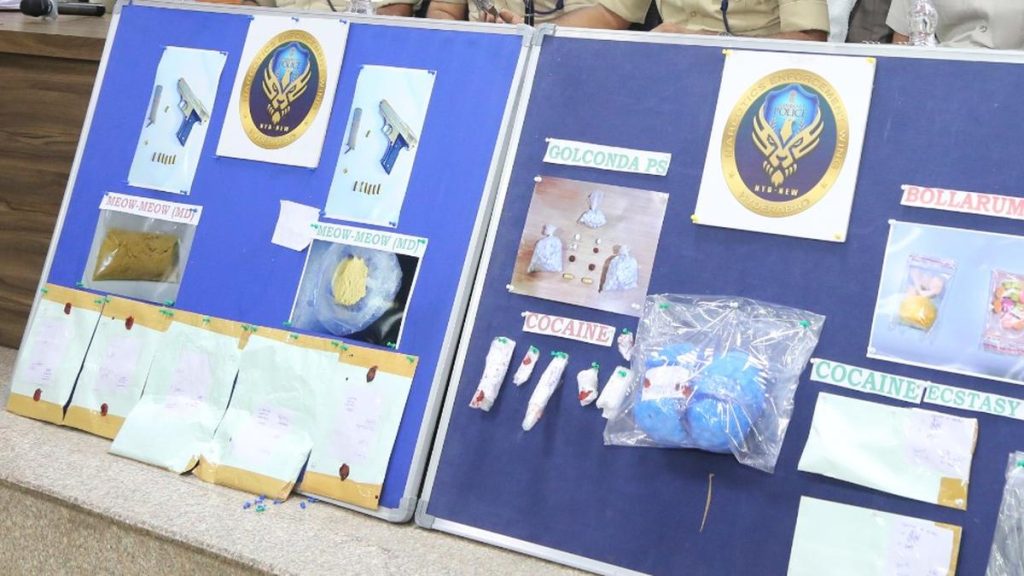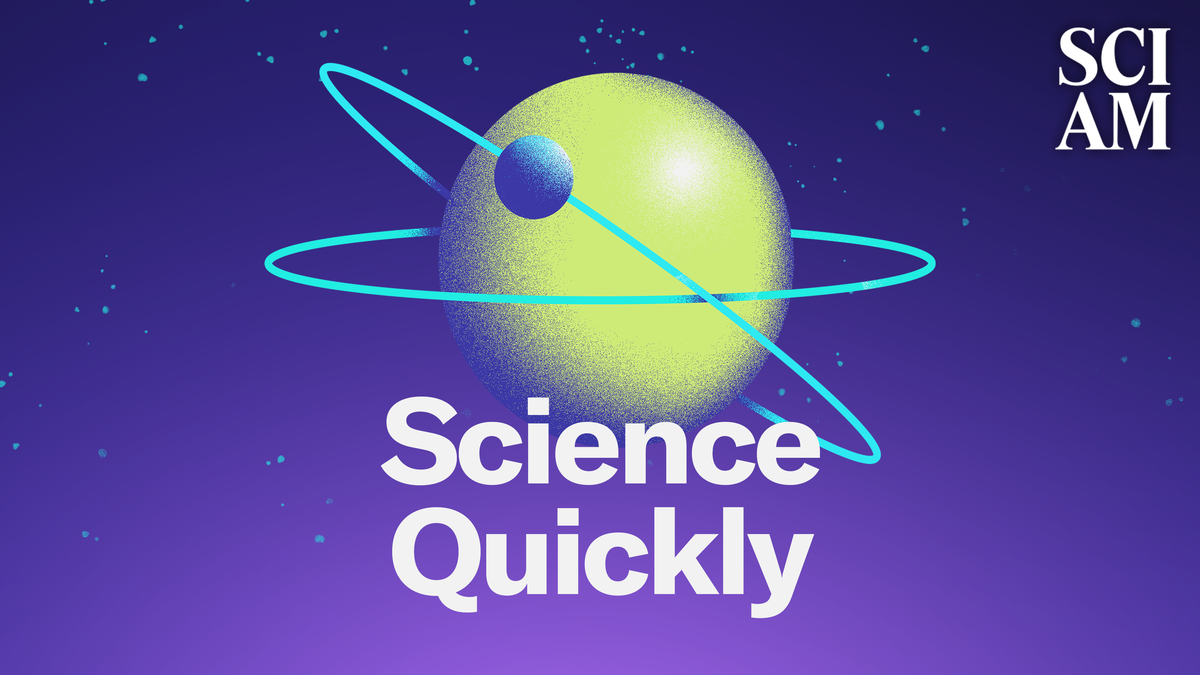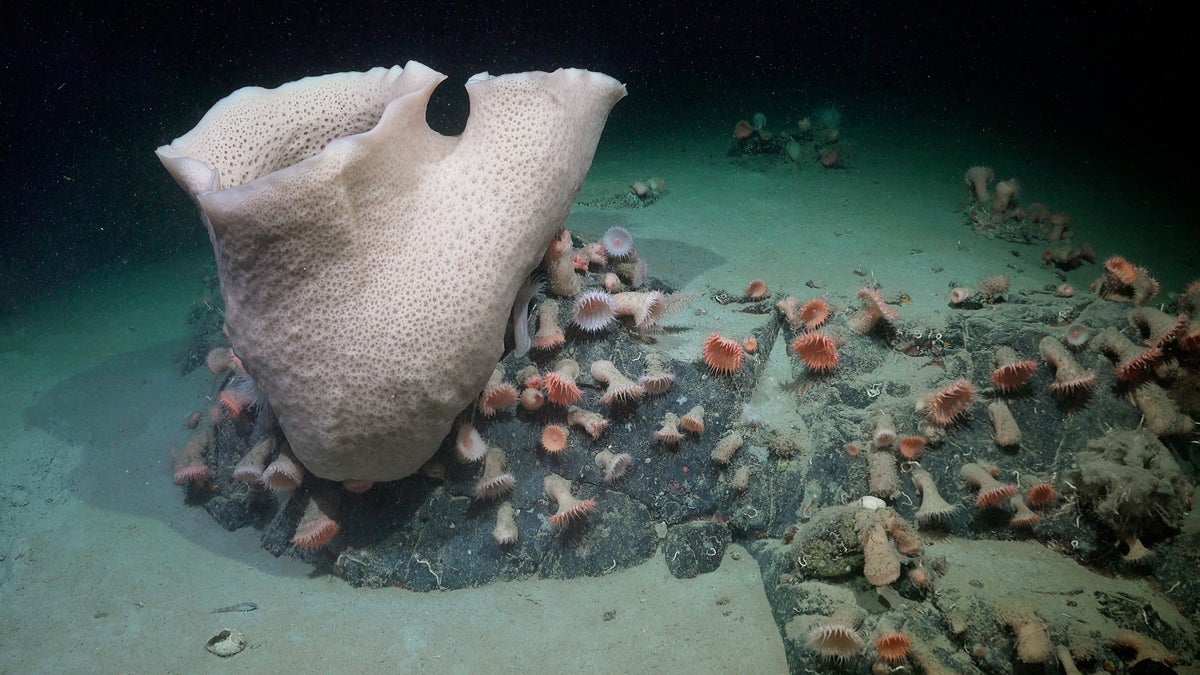Now Reading: Redefining the Moon: What Truly Defines a Natural Satellite?
-
01
Redefining the Moon: What Truly Defines a Natural Satellite?
Redefining the Moon: What Truly Defines a Natural Satellite?

Speedy Summary
- A “moon” is traditionally defined as a celestial body orbiting a planet, but this definition becomes increasingly complex with advancements in observation and finding.
- Jupiter has 95 confirmed moons, ranging from massive Ganymede (larger than Mercury) to tiny objects about 1 km across. Saturn boasts at least 274 moons, including 128 newly discovered ones using advanced techniques.
- Moons exist in all sizes and types: from Trans-Neptunian Objects (TNOs) with satellites to small moons around asteroids. Defining what qualifies as a moon raises questions around size limits and orbital behavior.
- Distinctions like Earth’s Hill sphere demonstrate gravitational dominance in defining orbital relationships between planets and their moons versus the Sun’s pull.
- Unique cases include Pluto’s charon, which may form a binary system rather than just having one moon; and the possibility of submoons or even quasi-moons further highlights classification challenges.
- The International Astronomical Union (IAU) does not have an official definition for “moon,” reflecting the nuanced spectrum presented by these celestial phenomena.
Indian Opinion Analysis
This article offers valuable insights into how scientific advancements continually challenge long-held definitions in astronomy-an area crucial for fostering curiosity-driven education globally, including India’s burgeoning interest in space exploration under ISRO’s leadership. For India, cultivating deeper public understanding of cognitive flexibility regarding evolving scientific frameworks can inspire critical thinking.From India’s perspective on space governance norms or missions looking beyond Earth’s immediate neighborhood-like Chandrayaan projects to more distant planetary bodies-the question “what defines a moon?” isn’t purely academic. Standardized definitions affect mission objectives where exploration targets could depend on whether smaller natural satellites are prioritized scientifically over larger yet possibly less distinct celestial bodies within future exploratory economics policies shaping sustainable growth while re-examining core shared-science commons compatibility




























